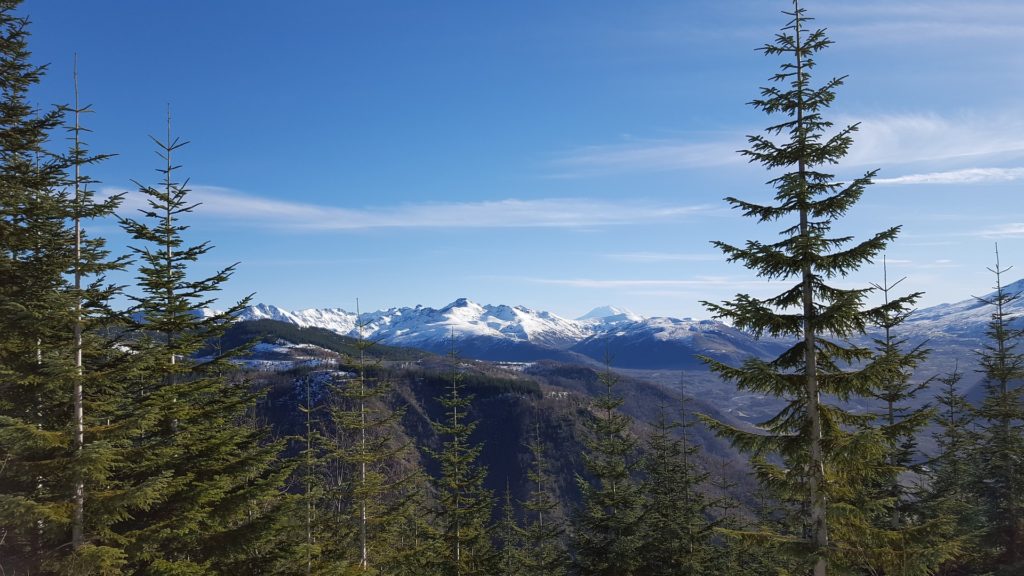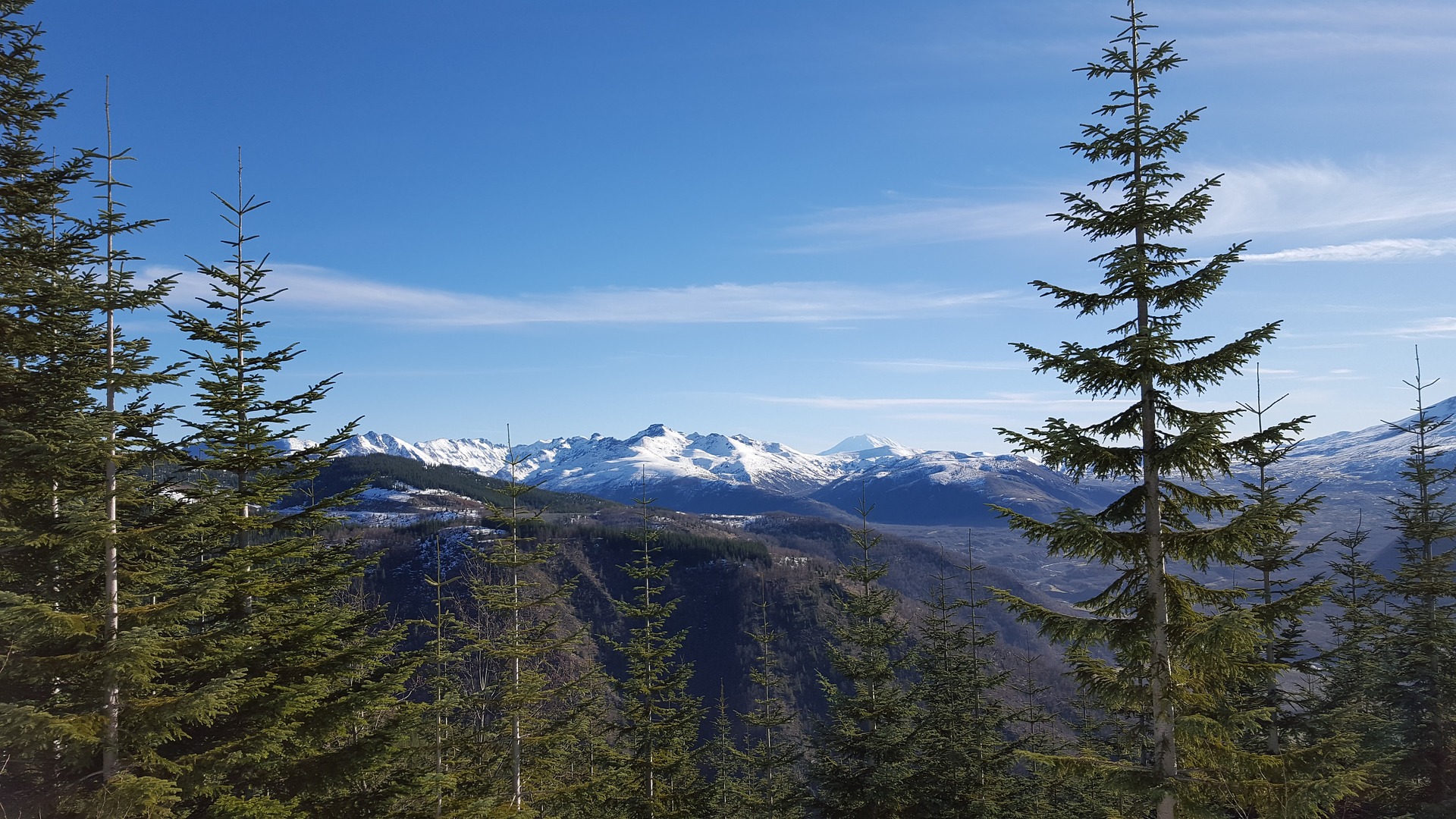Balancing Faith and Knowledge

Submitted By:
Caleb Jones
Location: Lake Stevens, WA, USA
Story Date: November 17, 2020
Affiliated Tradition:
Church of Jesus Christ of Latter-day Saints
Gender: Male
This pandemic experience has been apocalyptic in the true sense of the word. It has “uncovered” so much about us as a species, nations, communities, families, and individuals. And in true apocalyptic form part of what it has uncovered in these and other areas has been unsettling. What has struck me is just how dividing this has been when it could have (and perhaps still can) be a source of unity. For my own personal story, this started with the canceling of our family’s trip to Europe that we had planned for a long time. This started our quarantining on a depressing note. But we had much to be grateful for: health, work, education, etc.
Being in the Latter-day Saint community, we took advantage of the new Church curriculum centered at home. We found as the year went on with societal turmoil particularly around racism, we were able to discuss racism in the Book of Mormon in relevant ways. This required readings that perhaps not all church members would be comfortable with naming the persistent Nephite racism towards the Lamanites – even racism Nephites felt was justified by or attributed to God. This created space to discuss our own religious tradition’s racism that is often shrouded by cultural norms.
What has also struck me is how the very physical, cold, and amoral threat of a virus has been divisive and separating between different attitudes towards science. Again, in a word, apocalyptic in the revealing sense. As an engineer who also grew up with affinity and respect for science, I have been disheartened to see scientific facts and realities debated entirely on non-scientific grounds. Clear facts became clouded as they were debated using the criteria and concerns of politics rather than the scientific method. This led to my deciding not to attend in-person Church meetings shortly before Church policy followed that course. As our ward stopped in-person meetings without virtual meetings, ward socialization moved to social media platforms which I think has not lived up to the task.
Seeing a gulf online between how different people have processed and reacted to medical scientific facts has eroded the trust I would need in returning to in-person meetings. And as better understanding has emerged from medical and governmental organizations about the aerosolization of the virus, I’ve seen how the Church guidelines which were created before that guidance have lagged behind scientific realities.

The net effect on me has been that I see how – in general – the culture and bureaucracy of the Church likely are not up to the task of safely meeting in-person during a pandemic at this time. Having spent many, many hours studying the history and relationship between science and religion (particularly in Mormonism and the Latter-day Saint culture) this tension is not new to me; but it has been especially poignant (even apocalyptically) to see this tension up close and personal and not read from the safe distance of a book.
I’m grateful that my faith in the gospel, the restoration, and the good that the Church can and does do remains. I am now much more acquainted with the grief of how that restoration is limited as we misjudge science on this and other topics and fail to heed its warnings. Scriptures warn of prophets being ignored as their messages challenged norms and warned against sins that harm others.
I pray that my own religion and Church will heed the voice of scientific prophecy in this and other areas to magnify our efforts in the ongoing restoration. And I pray that my faith in Jesus’ gospel continues to soften my heart as I learn to love those with whom I see a gulf that separates us.
Share